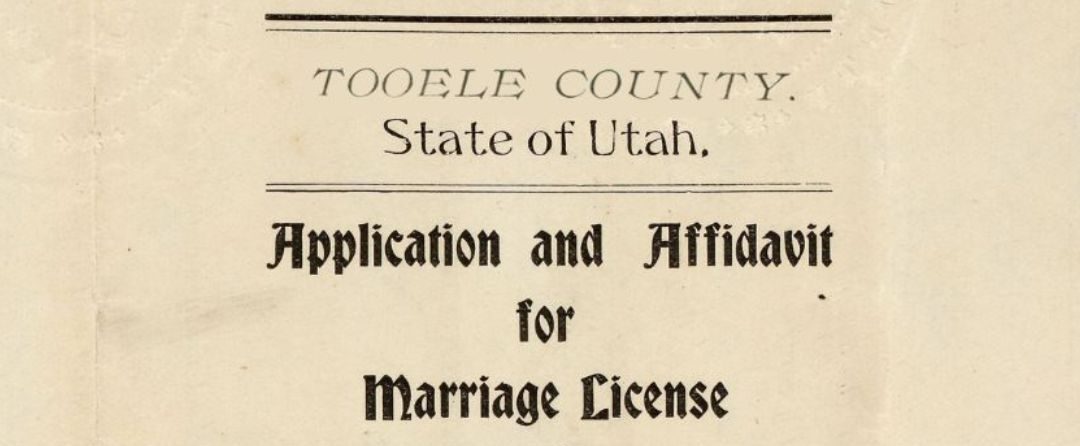
Records Officer Spotlight: Department of Corrections
As the Utah Department of Corrections works to relocate the Utah State Prison, Program Manager Alexandra Muller and Business Analyst Cami Beach have been hard at work updating the Department’s many records series and retention schedules. In addition to modernizing the Department’s records management practices to match its electronic processes, Muller and Beach are adding new records officers department-wide and organizing an upcoming training in July. With these two experienced records officers on-board, the Department of Corrections is on track to meet changing processes and environments with excellent records management fundamentals in place. We asked Alex and Cami a few questions about their experience so far.

Program Manager Alexandra Muller 
Business Analyst Cami Beach
First of all, can you tell us a little bit about your background and how you arrived at managing records?
Cami: I started my career with the Department of Corrections in 2015 working at the Prison Records Office. I had various job responsibilities and really enjoyed working with records, so in 2018, I started managing the electronic records filing system for the whole department.
Alex: I’ve worked with a few different municipalities in various positions–always with records–before working for the Department of Corrections.
Last year you began a project to revise the Department of Corrections’ schedules and series. What advice would you give to records officers who are undertaking similar projects for their agency?
Cami: Do your research and take your time. Stay organized and work closely with your RIM Specialist because they are super helpful!
Alex: It takes a knowledgeable team, patience, and realistic goals to undertake such a large project.
What are some of the records management challenges you face as the Department of Corrections moves to electronic processes?
Cami: Consistency and bringing everyone together into the electronic age. We have incredibly knowledgeable staff that have been working with paper files for many years so getting them comfortable with electronic files and letting go of what they’ve known their entire careers is challenging.
Alex: Just making sure everyone is on the same page and up to date on best RIM practices. The challenges are faced head-on in a collaborative team effort–whether it’s training on new electronic processes or just answering each other’s questions.
What has been the most interesting record or record series you’ve encountered while serving as a records officer for the Department of Corrections?
Cami: Working in the Prison Records Office I got to see a lot of our historical inmate records and some of the crimes and sentence lengths were very interesting. Also just being able to see some of the penmanship was really cool.
Alex: I would agree with Cami–the old historic records are quite interesting. For example, the ledgers from decades ago, even the old uniforms the correctional officers use to wear, feel like a mini time-travel trip.
Thank you Alex and Cami, and best to you in your records management endeavors!
Recent Posts

From Pews to Pixels: Weber State’s Stewart Library Digitizes New Zion Baptist Church’s Legacy

New Finding Aids at the Archives: March 2024

Sealing the Deal: Tooele County Clerk’s Office Unlocks the Vault with Historic Marriage Records

Summer 2024 Internships

Developing History: Park City Museum’s Snapshot into the Past
Authors
Categories
- Digital Archives/
- Electronic Records/
- Finding Aids/
- General Retention Schedules/
- GRAMA/
- Guidelines/
- History/
- Legislative Updates/
- News and Events/
- Open Government/
- Records Access/
- Records Management/
- Records Officer Spotlights/
- Research/
- Research Guides/
- State Records Committee/
- Training/
- Uncategorized/
- Utah State Historical Records Advisory Board/